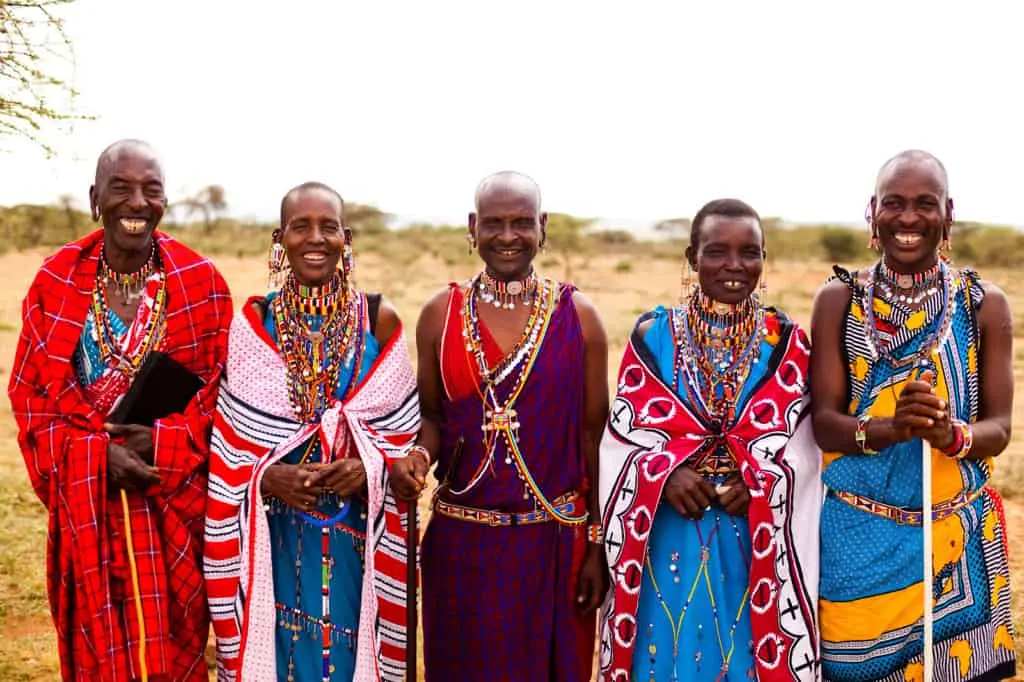Kenya is set to introduce a national dress of Kenya, in efforts to promote its rich cultural heritage and diversity.
The initiative seeks to create a unifying symbol of national pride, which represents the country’s rich and diverse cultural heritage. The government has set aside Ksh.100 million for the project.
The Principal Secretary for Culture, Arts, and Heritage, Ummi Bashir, announced during the Utamaduni Day celebration last year that the government would unveil the national dress on October 10, 2024, during the Utamaduni Day celebrations.
What is the National Dress of Kenya?
A national dress is recognized by the citizens of a country as an attire that represents the nation’s identity, diversity, and civilization and promotes national pride and cohesion. While Kenya does not have a national dress, the government is set to unveil a national dress on Utamaduni Day, October 10, 2024.
According to Dr. Kiprop Lagat, Director of Culture in the Ministry of Sports, Culture, and Heritage, the ministry is conducting public participation in the design process to ensure the national design reflects the unique attributes of all communities in Kenya.
In India, the country has embraced Dhoti as the national dress of the country, to promote its rich heritage. Dhoti is a traditional Indian attire that has been mainly worn by men in the villages for over a century. It is four to six feet long, and it is primarily made of cotton.
How the Ksh.100 million will be spent
The government has set aside a Ksh.100 million budget for the design of the Kenya national dress. The budget is set to be spent in several stages before the final unveiling of the finished national dress.
According to Dr. Lagat, the funds will go towards conducting public participation across the country, designing every aspect of the dress, conducting a national validation exercise, and marketing the finished product. These steps will ensure that the final attire is not only stylish but also represents the rich heritage of the various communities in Kenya.
Dr. Lagat emphasized that the ministry is determined to learn from the previous attempt to design a national dress, which failed due to a lack of public participation. The director said they are involving counties and different designers to come up with an acceptable design.
“It’s not necessarily true that we could have just one national dress, but we could have a variety that would be representative of the diversity that we have in this country,” he added.
“We want something that everyone can relate to—whether you’re in Nairobi or a rural village in Samburu. This will not only be a fashion statement but a symbol of our heritage, diversity, and national pride,” said another representative from the Ministry of Culture.
Not the first time
The latest attempt to introduce a national dress of Kenya follows a similar project that flopped.
In 2004, then Minister of Culture and Heritage Najib Balala unveiled a Ksh.50 million project for top Kenyan designers to come up with a national dress.
Once the designs were ready, the government asked Kenyans to choose the best design through a text message-voting service. However, the majority of Kenyans voted to reject all designs, saying that none of the designs met their expectations for a national dress.
The quest for a national dress was halted, with Ksh.50 million of public funds already spent on the project.
What are Kenyans saying about the Kenyan dress?
The government’s plans to unveil a Ksh.100 million dress has sparked mixed reactions from Kenyans. Some view the initiative as necessary to foster national unity and hope the government will get it right this time.
Gjey Mavazi, a fashion designer based in Nairobi, wants the government to involve web designers in creating a design that is acceptable to Kenyans, who love nice outfits. “National dress will ensure Kenyans buy home-made clothes. This is also a job creation opportunity,” he says.
However, some critics say that the move is a political maneuver rather than a genuine cultural initiative. Suba Churchill, executive director of the Kenya National Civil Society Centre, expressed skepticism, stating that the project is an attempt to unify a politically divided country, arguing the government should first address deeper political issues.
Members of the Maasai community have also expressed their concerns about the national dress, arguing that it could overshadow their traditional garments, which are viewed as traditional attire. Sara Maritei, a Maasai youth leader, emphasized that every tribe should retain its unique identity, arguing that a single national dress might dilute their cultural heritage.


